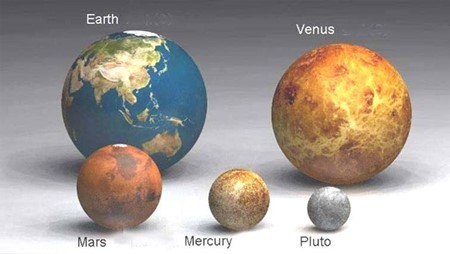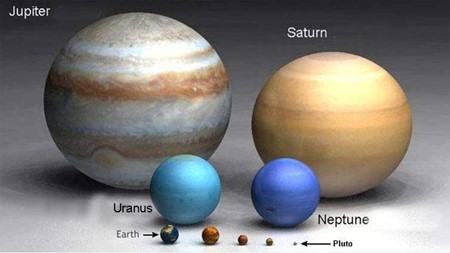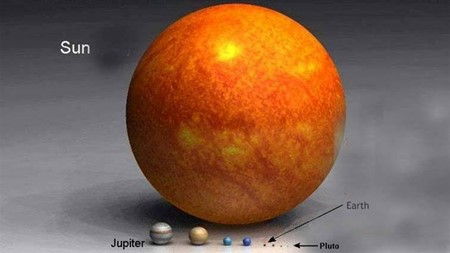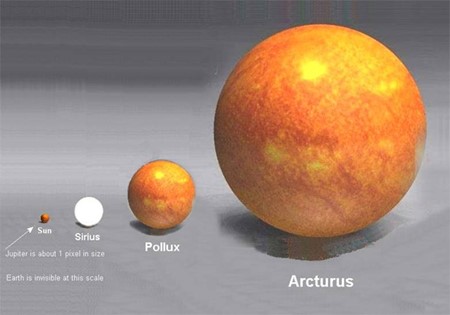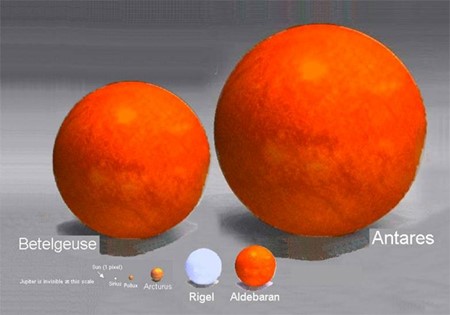UNIQUE IN THE UNIVERSE?
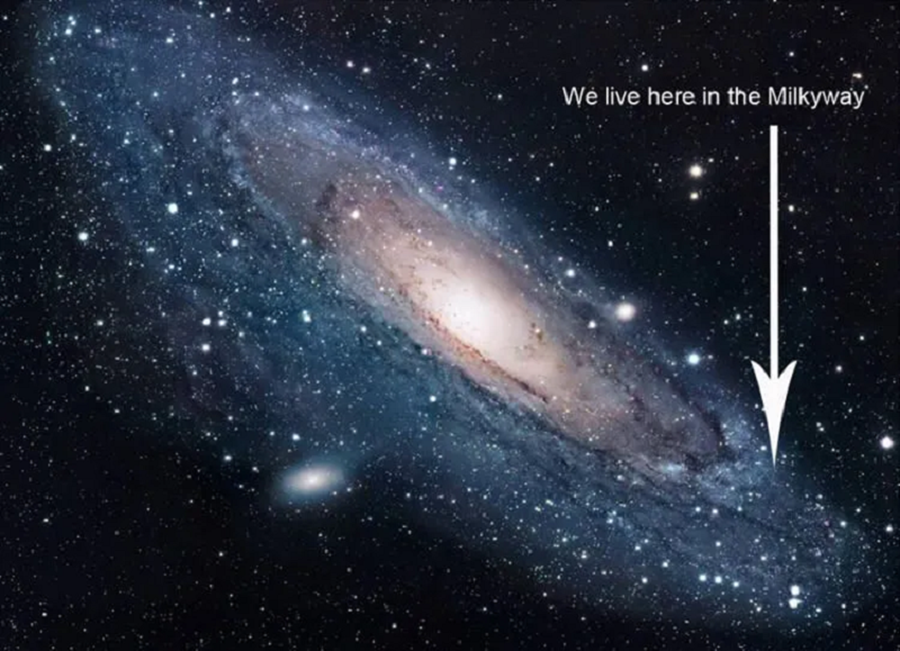 [This Monday’s Archive, “Unique In The Universe?”, was originally published on March 8, 2007. Last month we saw a media frisson over Pentagon UFO reports, which many suspected was yet another “Look, a squirrel!” distraction away from the Biden Crime Family mega-scandal. Whatever one thinks of the veracity or cogency of these reports, here’s another perspective to consider.]
[This Monday’s Archive, “Unique In The Universe?”, was originally published on March 8, 2007. Last month we saw a media frisson over Pentagon UFO reports, which many suspected was yet another “Look, a squirrel!” distraction away from the Biden Crime Family mega-scandal. Whatever one thinks of the veracity or cogency of these reports, here’s another perspective to consider.]
TTP, March 8, 2007
I propose we take a break today from the current crop of absurdities.
Liberals destroy respect for the rule of law by gloating over Scooter Libby’s lunatic conviction. Conservatives anguish over Ann Coulter using an unacceptable equivalent of “girlieman” to describe John “Breck Boy” Edwards. Liberals see her comment far more immoral than Bill Maher’s expressing his regret that the assassination attempt on Dick Cheney in Afghanistan wasn’t successful.
I could go on and on, for we seem surrounded by absurdities on every side and they are closing in. We need a break. Let’s do so by discussing one of the deepest, most profound questions ever asked:
Where is everybody?
In other words, let’s discuss the Fermi Paradox.
In 1950, a group of scientists was having lunch in the University of Chicago cafeteria. A discussion was launched on life in the universe. Given the great age of the universe and the vast number of stars in it, the consensus among the scientists was that extraterrestrial life must surely be abundant. “The universe is riddled with life,” concluded one.
The most legendary scientist among them demurred. Enrico Fermi (1901-1954) – Nobel Laureate in physics, developer of the first nuclear reactor, renowned for breakthroughs in quantum theory, particle physics, statistical mechanics and numerous other fields – asked simply: “If the universe is riddled with life, then – where is everybody?” The Fermi Paradox.
The answer to which just may be: We’re alone, folks. There’s just us chickens in here, boss. Science fiction may portray alien civilizations and galactic empires, Captain Kirk and his Star Trek crew may have run into one on a weekly basis. But actual real science with extraordinarily sophisticated instruments peering into the deepest regions of space has found nothing.
Yes, yes, lack of evidence isn’t evidence. But if you say there’s a lot of something and can provide no evidence whatever for the existence of any of it much less a lot of it… well, the burden of proof is on you, not your doubters.
Liberals are not only fond of putting down America and Western Civilization but civilization in general, mankind in general, and the Earth itself as a lost speck of insignificant dust circling an insignificant star in an insignificant galaxy.
They love to gloat over how science has proven our planet is not at the center of the universe nor our species the center of creation.
What, however, if science could show that we are at the center of the universe and creation – in the terms that count, of intelligent life?
Let’s start with the simply astounding fact that every single atom in our bodies has been inside several different stars before our sun was formed, then inside our sun, then inside us. Human beings, every living thing, the Earth itself, are composed of elements created in the interior of stars many billions of years ago.
So we’re made of the same stuff as everything else in the universe. So why is life here and nowhere else we can see? The two main reasons are the sun and moon – our Sun and Moon, no other. And we also owe thanks to Jupiter.
95% of stars in the universe are smaller than our sun and thus too small for life. A planet around a smaller sun would have to be much closer for enough heat and thus in gravitational “tidal lock” so one side always faces its sun (like our moon in tidal lock with Earth).
Our sun is in a nice safe region of the galaxy with no nearby stars that can go supernova, or are pulsars, or gamma ray sources, and has stayed stable with a nearly constant energy output for billions of years. We orbit a very rare sun.
But around us orbits an even rarer moon. We are the only rocky inner planet with one, save for two tiny ones of Mars. Big moons normally are for big gasbag planets like Saturn.
Being one-third our size, the Moon stabilizes the tilt of our planet’s spin axis. The angle of this tilt, or “obliquity,” has remained stable within a degree or two of 23 degrees for hundreds of millions of years – because of the Moon’s gravitational pull. Without it, the Earth’s spin axis could fluctuate up to 90 degrees. Can you imagine the Earth rotating sideways?
The tilt the Moon gives Earth provides for the stability of climate necessary for life. Chaotic obliquity results in a chaotic climate in which life cannot evolve – or survive for very long.
Yet formation of the Moon came very close to destroying the earth itself.
Just as the Earth was forming some 4½ billion years ago, the Mother of All Asteroids, one the size of Mars, slammed into it, just about wiping it out. Lucky it was a glancing blow, or else there’d be another asteroid belt in our orbit today. So lucky it left most of Earth intact and busted off enough material to aggregate into the Moon.
The Earth had to be hit by just the right size object at just the right angle at just the right time in its formation for the Moon to exist as it does. And life on Earth exists as it does thanks to the Moon.
It also exists thanks to Jupiter. With a mass 318 times that of Earth, its gravitational field is huge – which has acted as a gigantic vacuum cleaner sucking big asteroids out of our part of the solar system. Because of Jupiter, we get hit by a big asteroid (10 kilometers in diameter or more) on average once every 100 million years – such as the one that killed the dinosaurs 65 million years ago.
Astronomers calculate that without Jupiter, the Earth would get hit by such an asteroid on average once every 10,000 years – precluding again the evolution and survival of life.
Astronomers have discovered a number of large Jupiter-like gaseous planets orbiting other stars. Most all of them, however, have highly non-circular orbits. This causes gravitational irregularities that can tear a planetary system apart. It is a rarity to have a solar system with big gaseous planets all having stable circular orbits – like ours.
There are many more such rarities – our thin outer crust and molten inner core, for example, which makes possible the existence of continents and their drift through plate tectonics – which, it turns out, is responsible for liquid water remaining on the earth’s surface for billions of years.
It’s due to a complex feedback mechanism called the “CO2-rock weathering cycle,” which adds CO2 to the atmosphere to warm the planet when its cooling, and takes out CO2 to cool the planet when its heating. (Algore has never heard of it.) The cycle is driven by continental plate movement.
All of these multiple rarities are discussed by two prominent scientists, paleontologist Peter Ward and astronomer Donald Brownlee in their book, Rare Earth.
They note that the discovery of microbes known as “extremophiles” that thrive in incredibly inhospitable environments like deep in the Earth’s interior is evidence that life possibly, and even likely exists on other planets, perhaps a great many planets. The universe may indeed be “riddled with life” – simple, microbial-type life.
Complex life is another matter. Intelligent, self-conscious life is really another matter. That requires a vastly narrower environmental “niche” – so narrow that it seems quite likely there may be very few of them in our galaxy or any other. There may be only one.
How would you look at our world if it is unique in the universe? If human beings are the only intelligent life form in all existence?
My response is one of gratitude – gratitude to a fortuitous Providence for the privilege of being alive and aware of it.
I’ll end here with a series of remarkable graphics. Other folks like liberals will look at them and feel small and insignificant. But you and I can look at them and realize that this tiny speck we live on is the only one that counts.
That little speck was designed for life, designed for us. We are unique in the universe. All I can say is… Thanks!


